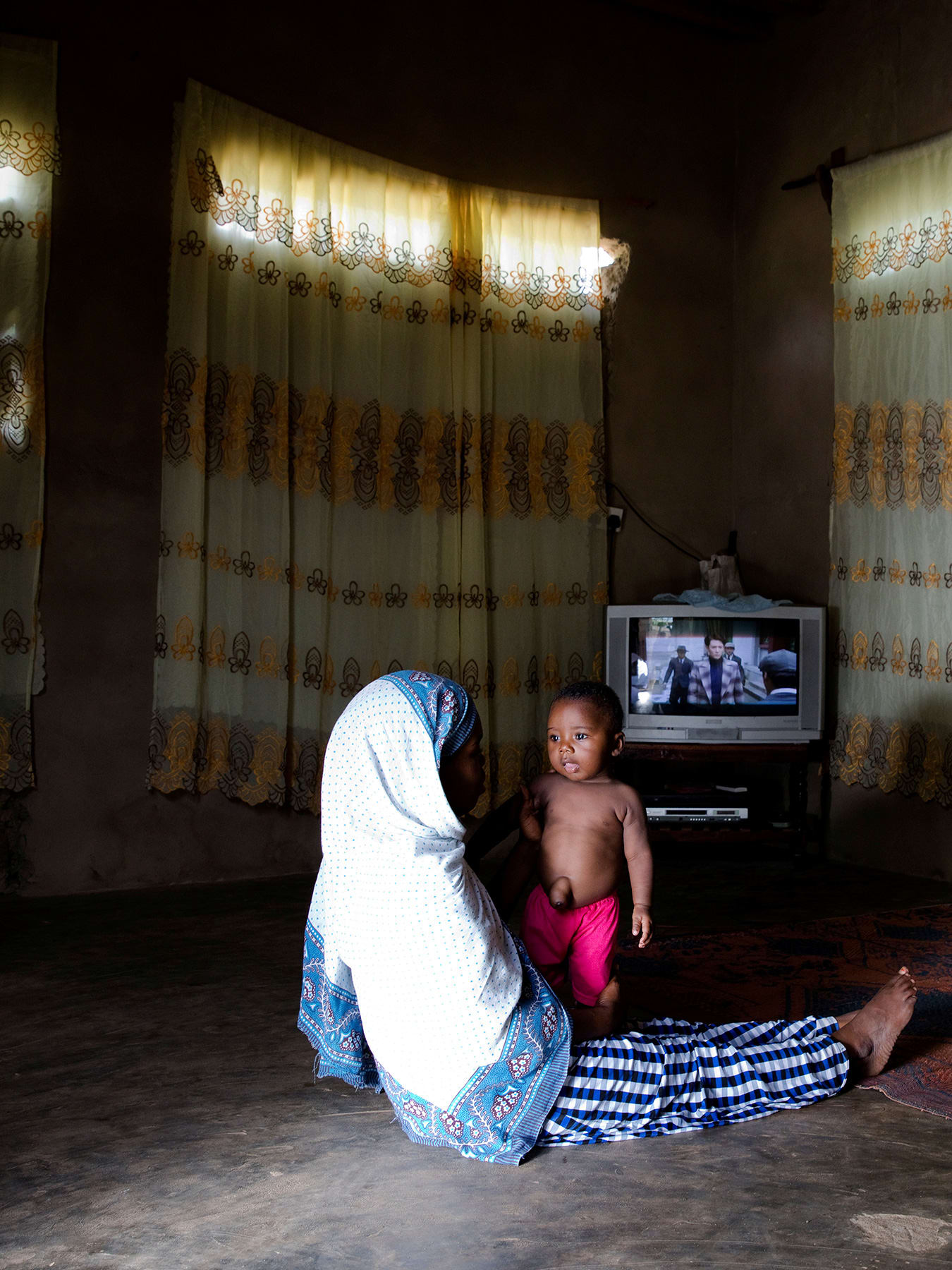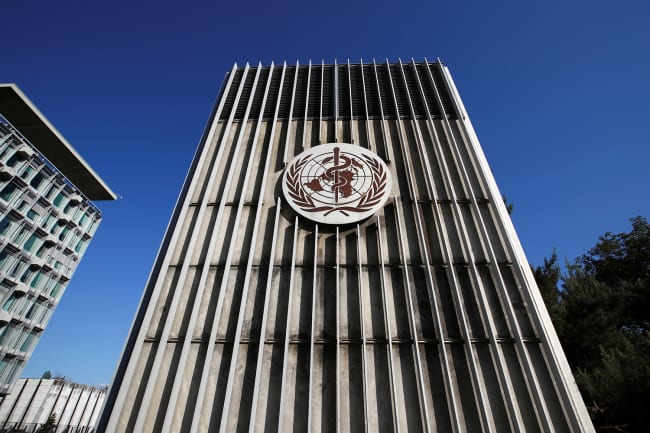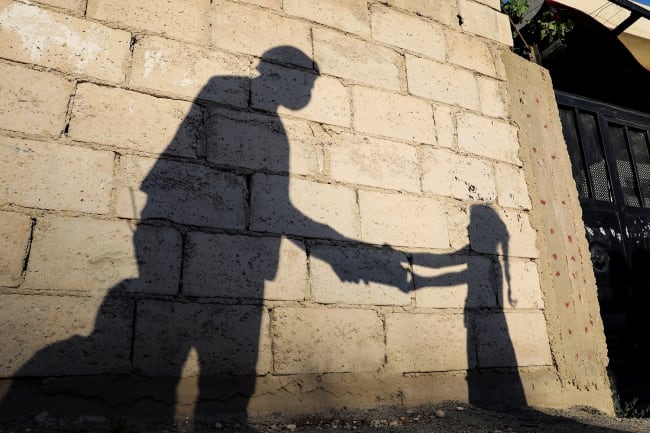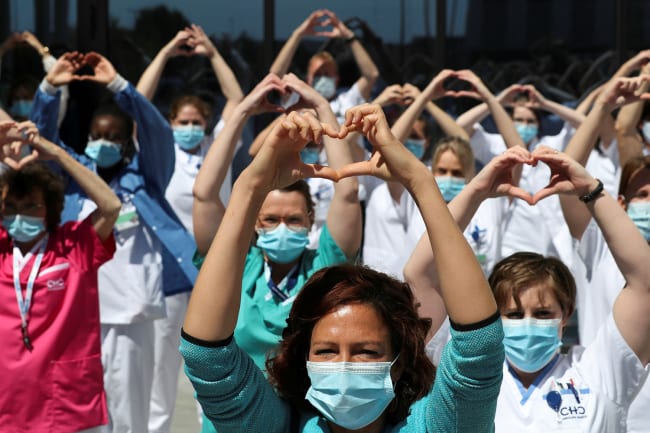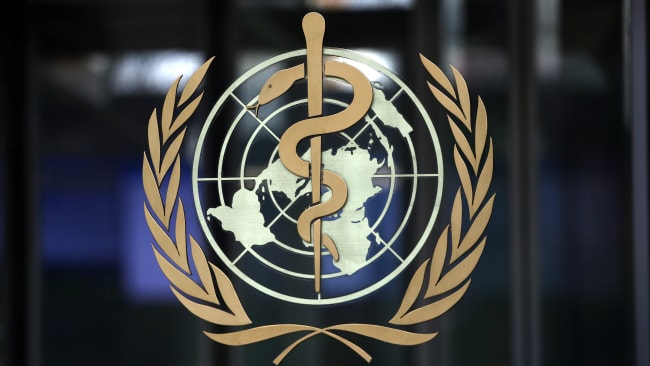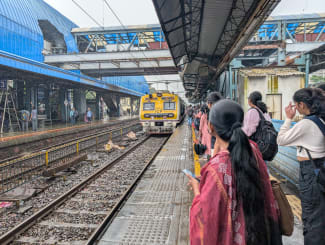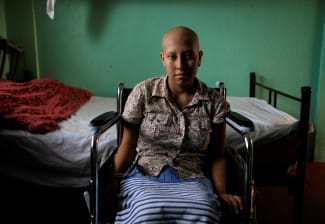The World Health Organization (WHO) has long been a lead author on an impressive list of spectacular health achievements, including the eradication of smallpox, the near-eradication of polio, and worldwide reductions in maternal and child mortality. When the organization was created in 1948, the world didn't seem to need justification for global health collaboration and coordination. It made sense for countries to cooperate around the WHO goal of "attainment by all peoples of the highest possible level of health."
Opening it up to close scrutiny and withering criticism
While the general public doesn't usually pay close attention to what the WHO is doing in normal times—when there's no pandemic—the WHO has had a giant, glaring spotlight shining on it in 2020 as the coronavirus pandemic has unfolded, opening it up to close scrutiny and withering criticism. But the WHO has been around for seventy-two years—and much of the groundwork and grunt work happens out of the spotlight. Much of what this global health institution contributes in terms of scientific exchange, innovation and international cooperation, happens on a daily basis throughout the world.
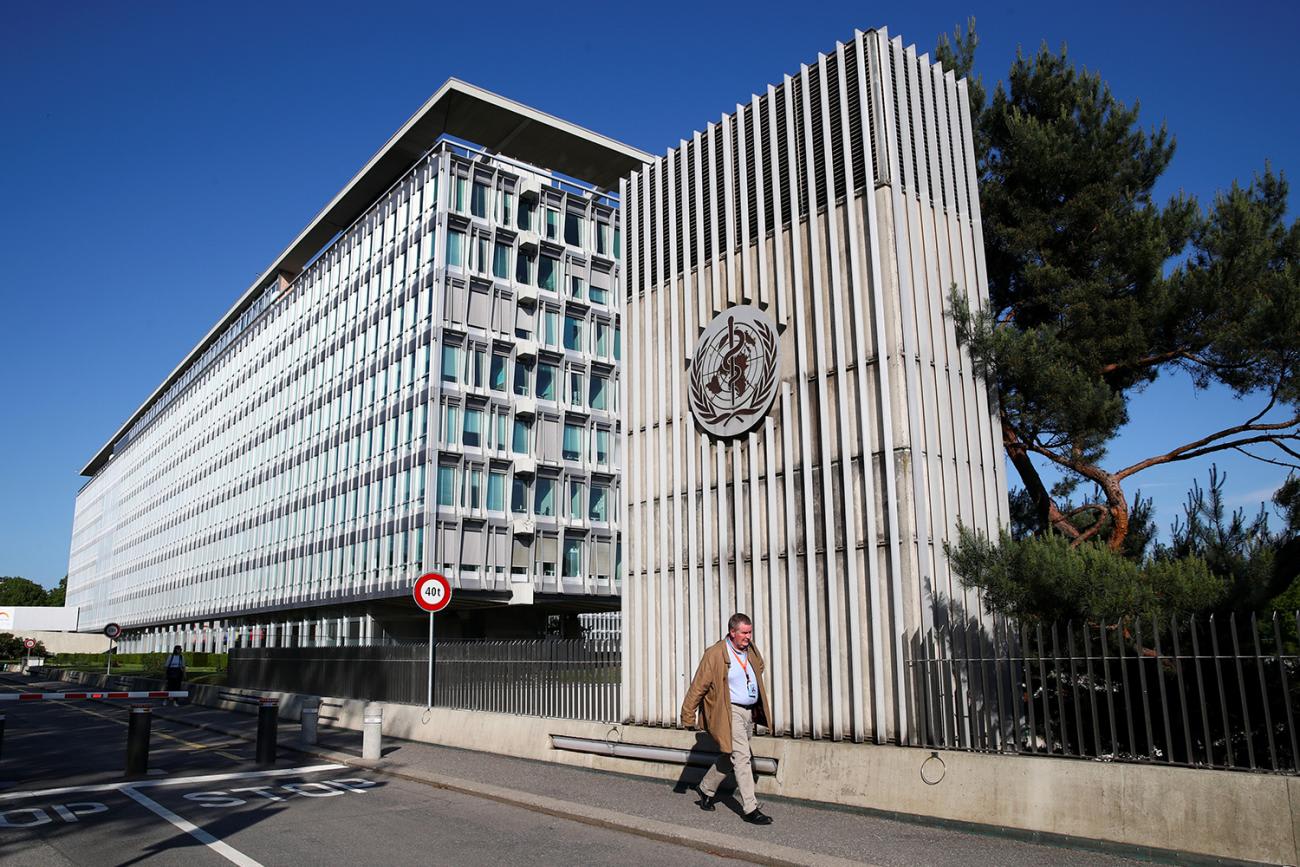
As part of its mandate, and how it does business, the WHO supports more than eight hundred "collaborating centers" in more than eighty countries. These centers include research institutes and universities that prioritize nursing, occupational health, communicable diseases, nutrition, mental health, chronic diseases, and health technologies. Though their steady work is largely unheralded on the international stage, these centers improve health care for all of us and save the lives of millions of people around the globe through collaboration, technology, medications, vaccines, and research.
These centers save the lives of millions of people around the globe
As surgeons and advocates for safe surgery, at the Global Alliance for Surgical, Obstetric, Trauma and Anesthesia Care (the G4 Alliance), we recognize the WHO's crucial role, especially during the coronavirus pandemic. We strongly encourage member states to continue supporting and working with the WHO as it seeks to fulfill its mandate of coordinating global health, ensuring technical cooperation, and promoting research. We are saddened by recent news that the U.S. government said it will not join global efforts to develop, manufacture and equitably distribute a coronavirus vaccine, in part because the WHO is involved.
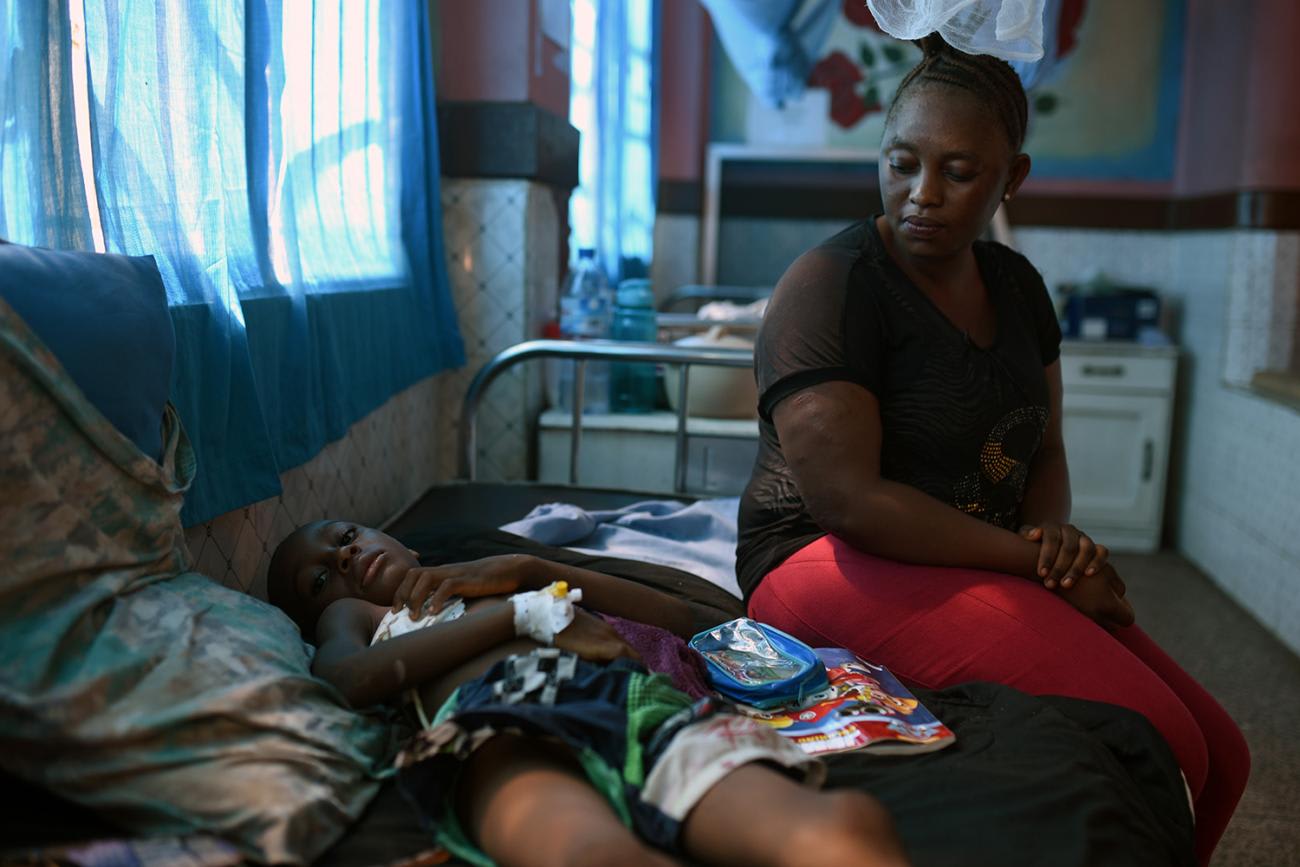
Surgery Saves Lives and Provides Good Returns on Investment
In 2015, the Lancet Commission on Global Surgery observed that universal access to safe, affordable surgical care and anesthesia when needed could save lives, prevent disability, and promote economic growth. An estimated nine out of ten people in poorer countries cannot access basic surgical and anesthesia care. Although surgical interventions have estimated cost-effectiveness ratios comparable to HIV/AIDS and tuberculosis (TB) treatment, they also place an undue financial burden on patients. People who pay for surgeries out-of-pocket may experience catastrophic individual expenses. Out-of-pocket payments for surgical care occurs not only in low- and middle-income countries, but also in high-income countries like the United States, where medical costs are responsible for more than 60 percent of bankruptcies.
An estimated nine out of ten people in poorer countries cannot access basic surgical and anesthesia care
Globally, thirty-three million people every year face such catastrophic health expenditures [PDF]—defined as direct medical payments that exceed 10 percent of an individual or family's total income or 40 percent of their income after their basic needs for food and shelter are met. Adding in non-medical costs of care, like transport and food during hospitalization, another forty-eight million people experience catastrophic expenditures every year. Many medical bankruptcies begin with expensive hospital stays requiring surgery. This burden becomes a barrier to care for some and leads to worse health outcomes for many as people decide to not seek care at all—or decide not to pursue surgical treatment as advised because they cannot afford the costs.
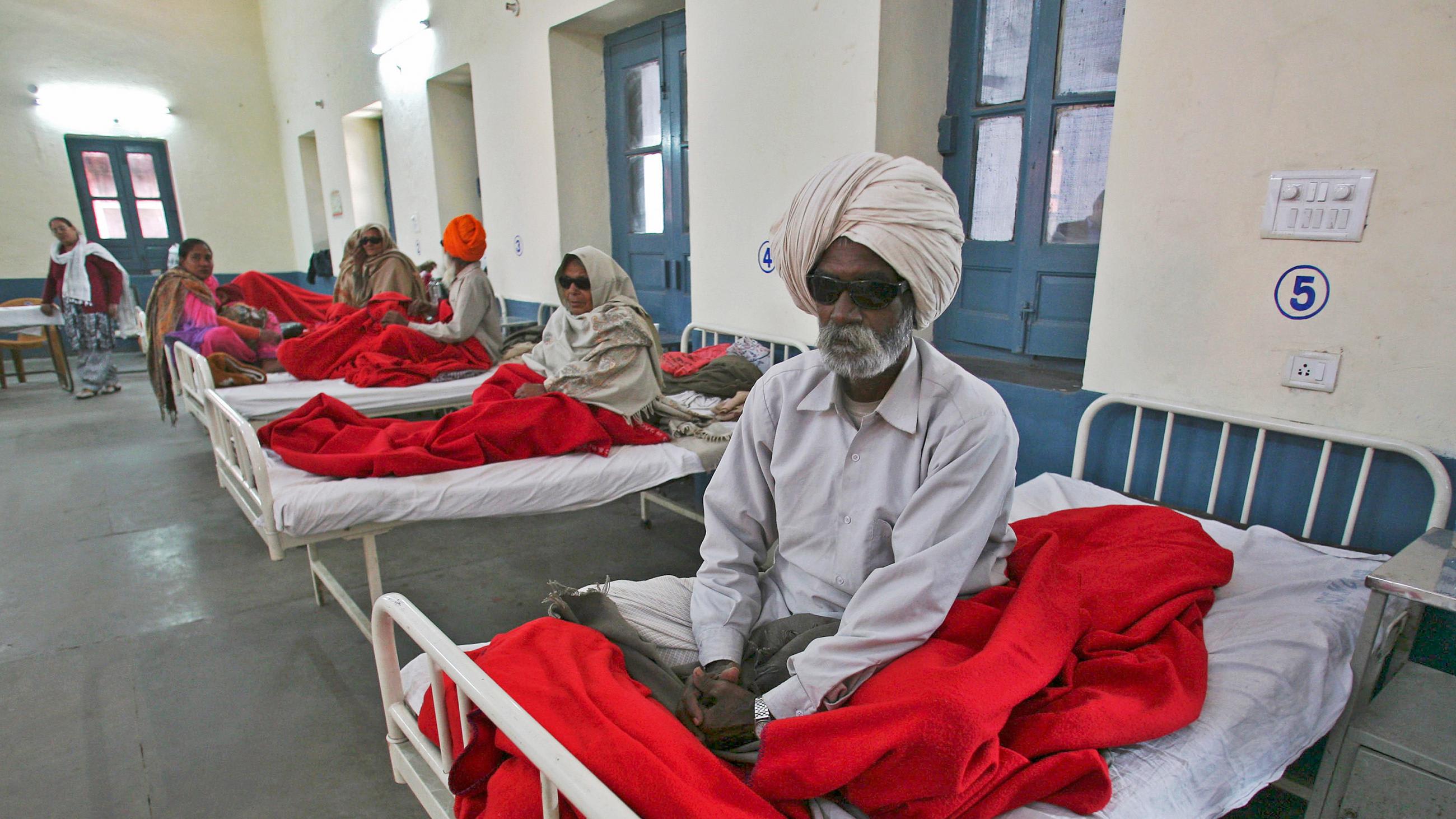
In 2015, during the sixty-eighth annual meeting of the WHO, member countries unanimously passed a resolution (68.15) to strengthen access to emergency and essential surgical and anesthesia care as a component of universal health coverage. The resolution laid the groundwork for global efforts to improve the quality, accessibility, safety, and affordability of surgical, obstetric, and anesthesia care. And it was made possible through global collaboration fostered through the WHO.
The Need for Surgical Intervention as the Mother of Invention
Through international partnerships supported by the WHO, the global surgical community collaborates on researching, developing, and figuring out how to finance low-cost, effective and durable surgical and anesthesia equipment and technology.
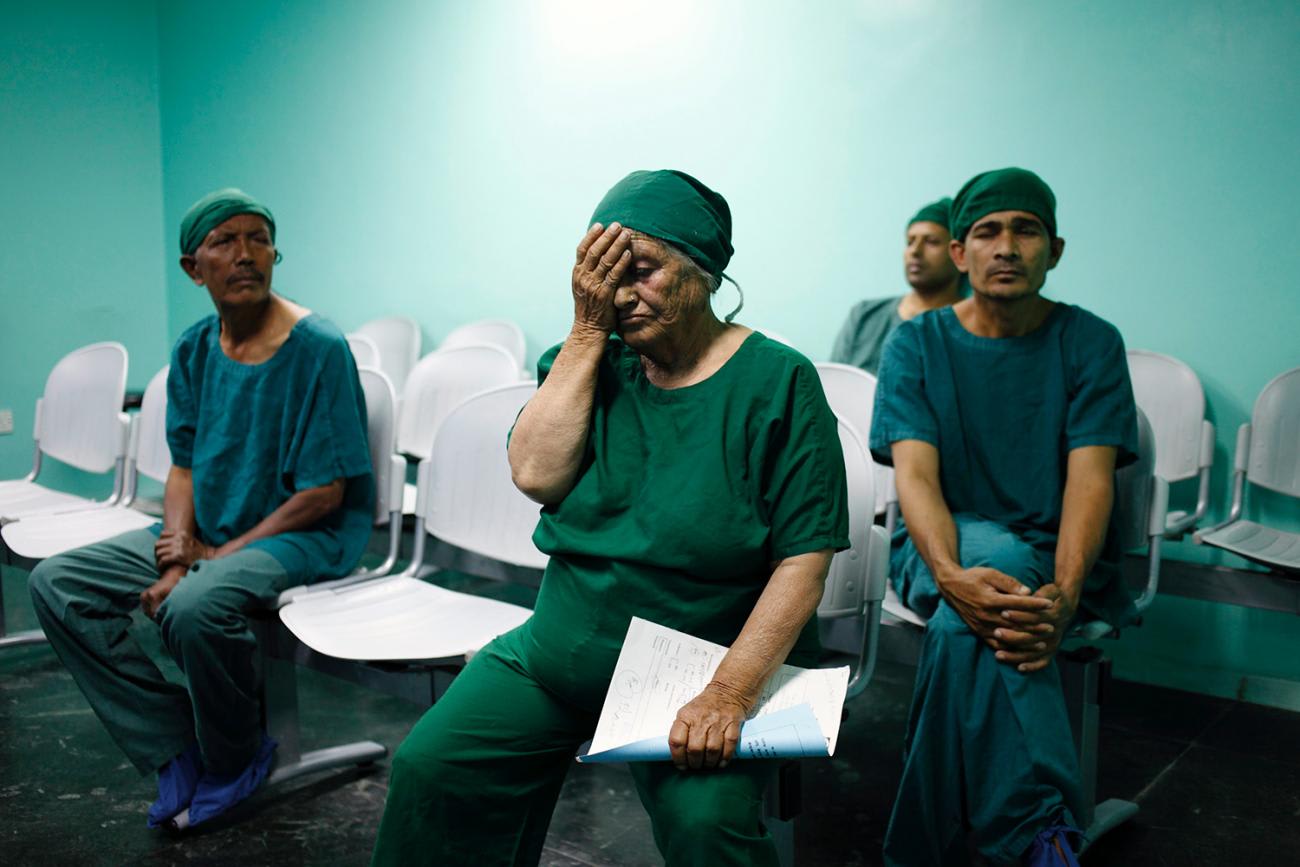
High-income countries contribute, but also benefit through the collaborative development of effective, low-cost innovations for surgical care that can be applied in both low- and high-income countries—and in more cost-effective ways.
Many of the surgical techniques widely used throughout the world, including in wealthier countries, have origins in poorer countries
In an era of increasingly complex surgical interventions, surgeons in high-income countries can learn about more cost-effective ways of delivering health care from low-income countries. In fact, the lack of resources in many low-income countries drives a need to innovate, and to do so cost-efficiently. Many of the surgical techniques widely used throughout the world, including in wealthier countries, have origins in poorer countries sometimes called the "Global South." The Bogota Bag, a means to initially close and monitor large abdominal wounds, was invented on the fly by Oswaldo Borrraez, a doctor in Bogotá, Colombia. Gavril Abramovich Ilizarov, an orthopedic surgeon in Siberia at the time, created an external fixator to help heal bone fractures and reduce cost that has now become a mainstay in the field. Also in Bogotá, Salamó Hakim developed a unidirectional valve to drain excess fluid from a patient's brain and laid the foundation for the ventriculoperitoneal shunt that is used by nearly every neurosurgical service in the world that treats hydrocephalus (an accumulation of fluid in the brain).
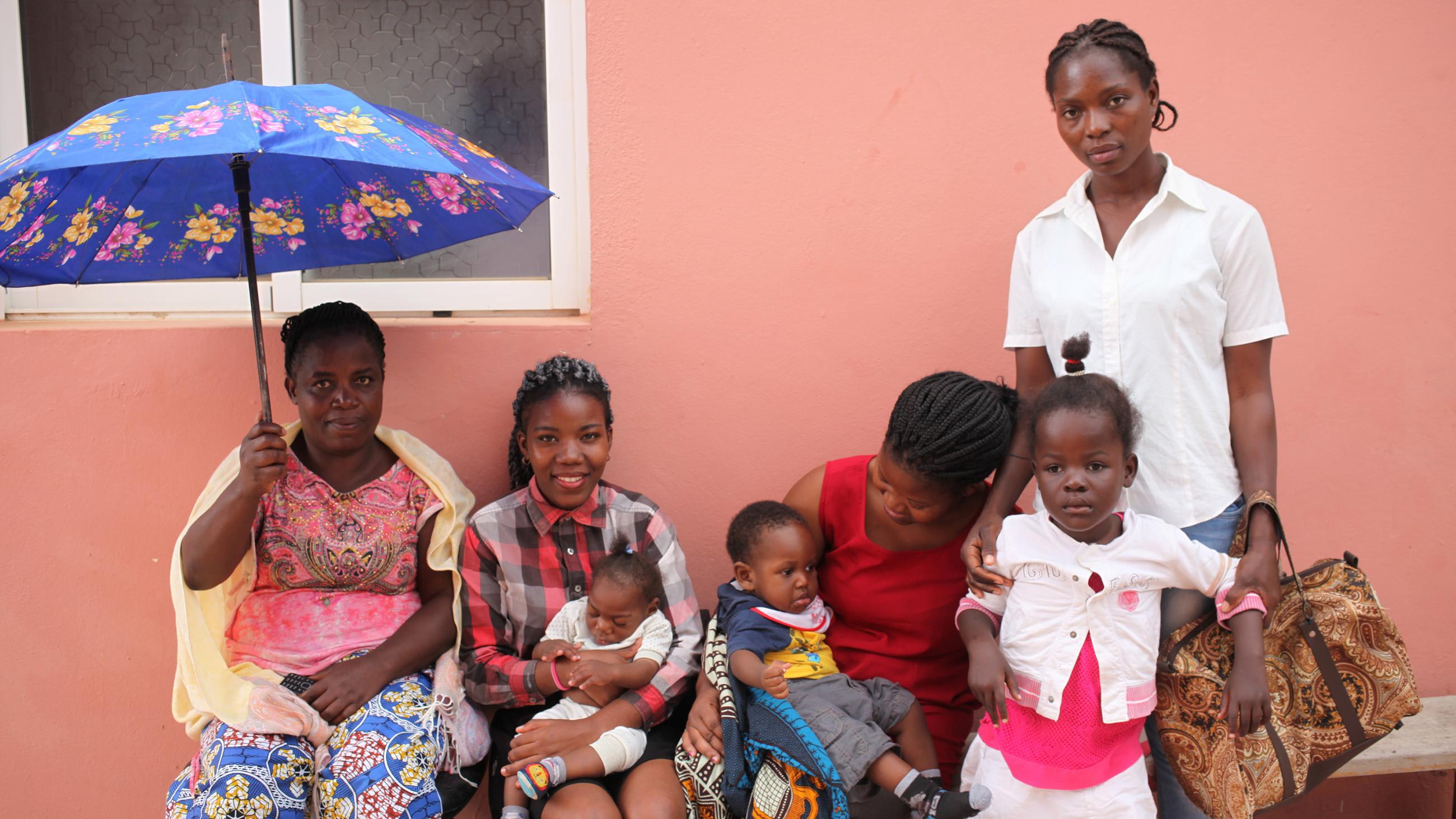
From new procedures that remove cataracts to a type of mesh for inguinal hernia repairs that might be better than traditional commercial products, these innovations arose out of necessity, and are continually refined through collaboration.
Innovative methods and devices have the potential to improve outcomes in both wealthy and poorer countries and demonstrate significant cost-savings in the setting of ever-increasing costs of health care. In resource-limited settings these cost savings translate immediately to lives saved, because cost is a major barrier to treatment. In wealthy countries the impact of ever-increasing costs of medical care must ultimately drive the search for simpler, but equally effective, technologies to help contain health care costs.
Six Famous, Effective, and Low-Cost Innovations for Surgery
New methods and devices developed in poor countries can improve outcomes in wealthy places as well
Global Collaboration Benefits Health in the United States—and Around the world
Americans and other people from high-income countries are fortunate to not have to think about the WHO's mission and work most of the time. When an American mother-to-be needs a C-section or a grandfather needs cataract surgery, they might not realize that they're benefiting from surgical innovations made possible through global health collaboration.
The need for more investment in international collaboration and public health
Unusual times and this pandemic call for new ways of thinking. As global health advocates, we hope that the new spotlight on the WHO shines light on the need for more investment in international collaboration and public health. While the WHO has work to do to improve the way it does business, strengthening global health coordination will require more investment and support from countries around the world, including the United States.
